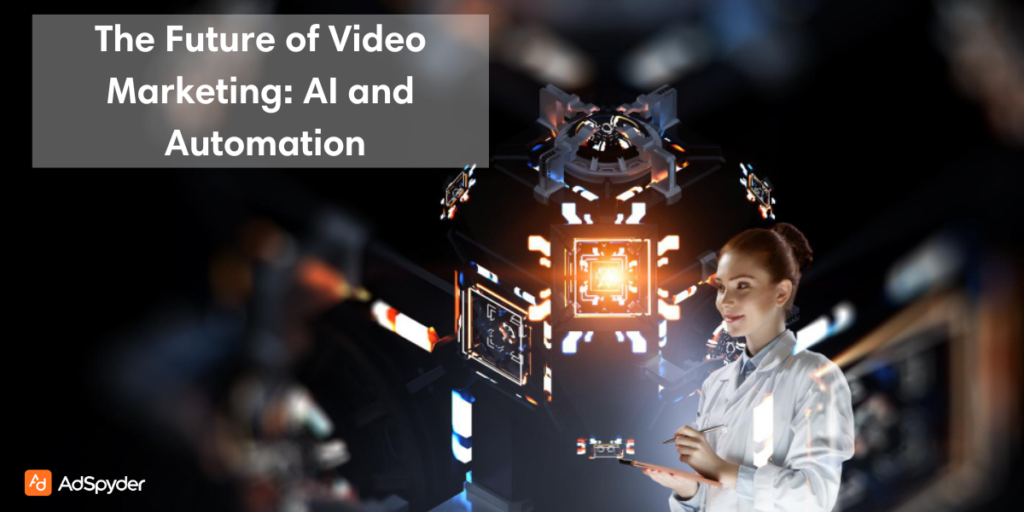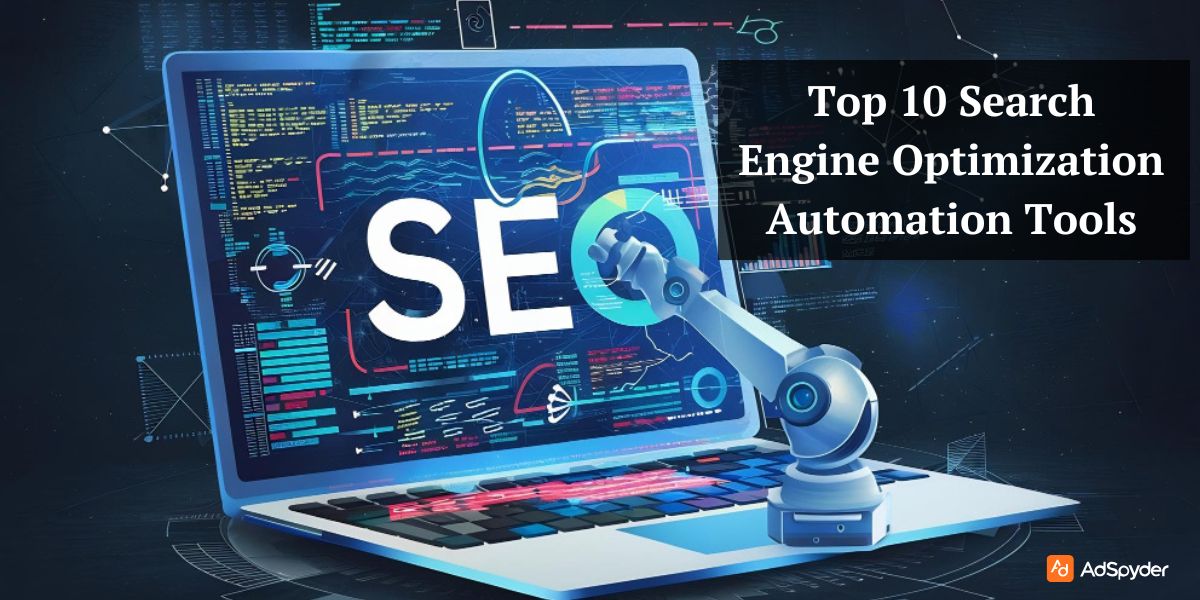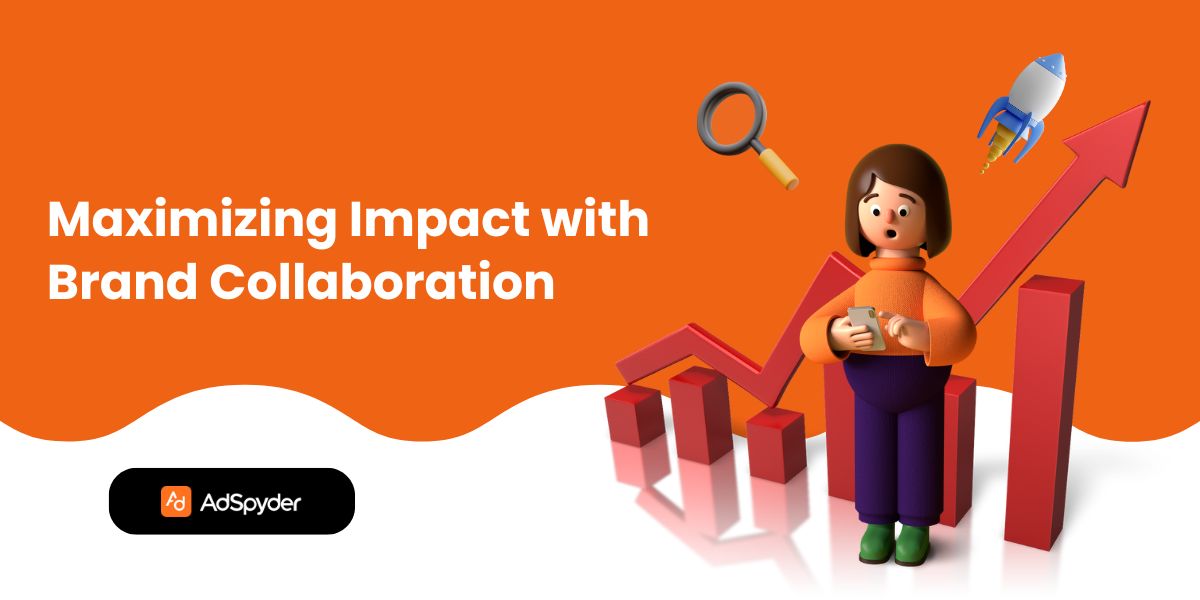Artificial Intelligence (AI) and automation have sparked a revolution across industries, including video marketing. These technologies are fundamentally changing the creation, personalization, and distribution of videos, enabling brands to connect with audiences in deeper and more impactful ways. By harnessing AI and automation, marketers can streamline video production, improve personalization efforts, and gain valuable insights into viewer behavior. This article will delve into the ways AI is transforming video marketing, present tools and strategies for automating video production and distribution, and provide actionable advice to help brands maintain a competitive edge in this evolving landscape.
Ready to Elevate your Marketing Strategy?
Summary
This blog covers:
- The impact of AI on video marketing, including AI-powered video creation, personalization, enhanced analytics, and interactive experiences.
- Tools and strategies for automating video production and distribution, such as automated production tools, distribution platforms, SEO optimization, social media video marketing, and video personalization.
- A detailed FAQ section addressing common questions about AI and automation in video marketing.
By the end of this blog, you will have a comprehensive understanding of how AI and automation can revolutionize your video marketing efforts and help you achieve your business goals.
How Artificial Intelligence is Transforming Video Marketing
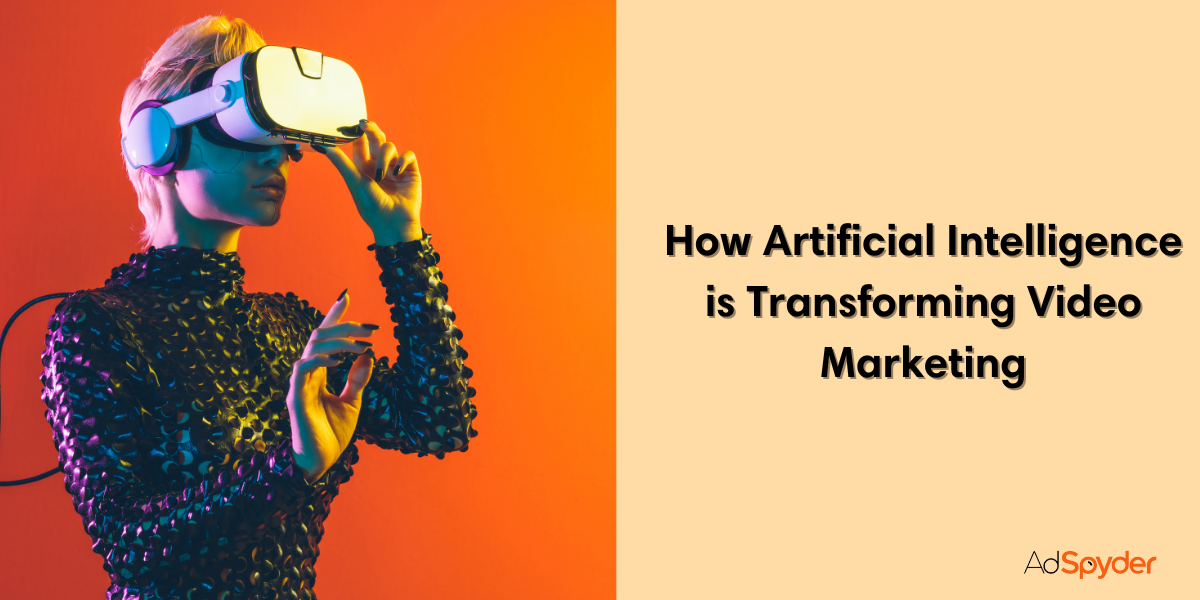
AI-Powered Video Creation
With the emergence of smart video generation software, marketers can develop astounding videos without stressing over video creating experience or hefty production costs. Some of the current platforms that apply Artificial intelligence are Lumen5, Magisto as well as Animoto, allowing for parts of the video making process to be automated. They can even convert the text copied into videos, choose the visuals, and even the background music to match the type and tone of the video.
For instance, the Lumen5 tool synchronizes with the blog post or an article, and using specific points of the text, an AI will create a video. Not only does this prove to be faster but it also helps to make sure that the video content which is usually included always complements the written text. In the same manner, Magisto applies techniques in artificial intelligence where it takes raw video clips and evaluates them to come up with good scenes, transitions, and even effects of the clips with corresponding music scores and beats.
Personalization and Targeting
The use of AI in content creation for video marketing is one of the biggest advantages as it allows for hyper personalization. Viewer consuming patterns, preferences, even demographic characteristics can be identified through big data analysis with the help of AI to create a more personalized video for the viewers. Personalized videos stand a better chance of creating awareness and demand since they are targeted towards viewers who are more likely to be interested in whatever is being conveyed to them.
There are plenty of platforms for creating unique videos, and some of them are Vidyard and Idomoo. Vidyard is an example of an AI tool that helps calculate the viewers and then creates videos based on the results obtained, for example, recommendations on products or customized messages. However, Idomoo rises to the occasion by using real-time data to design these personalised videos to be dynamic in nature as well. For example, in a video, some options for the product displayed can depend on the previous actions of the customer such as their purchase history or if they have visited the site before.
Watch out: Video Marketing for Influencer Collaborations: A Comprehensive Guide
Enhanced Video Analytics
The AI has greatly enhanced the analytics of videos offering more advanced data regarding performance and audience, hence enabling marketers to improve their practice. These tools can watch a lot of parameters such as views amount, rates of engagement, and the demographics of the desired audience and in addition, apply artificial intelligence to a set of specified patterns that are invisible to the naked eye.
Some of the leading brands for AI powered video analytics are Google Analytics, Tubular Insights, Vidooly and so on. For the information concerning how the viewers engage with the videos, there is data available from Google Analytics in terms of average minutes per view, the bounce rate and the conversion rate. These insights are great if you are optimising a YouTube ad campaign. Tubular Insights applies artificial intelligence to assess video performance across all multi-platforms while giving performance information on audiences and content. The founders have developed Vidooly. It is a service for analyzing YouTube and other portals. The tool would help marketers define the viewers and fine-tune the content.
Interactive and Immersive Experiences
AI is also a vital enabler of experience-driven marketing and video content by building engaging and distinctive videos. In other information videos viewers come with solutions within minutes making the process very effective and engaging. AI can be involved in different kinds of work that can be used to create clickable hotspots or special branching narratives based on player’s decisions and even in-real-life data that can be integrated into the story.
Run of the mill services like Wirewax and Rapt Media are focused on interactive videos. Wirewax is an application that utilizes artificial intelligence in production of videos that have inside them clickable hotspots for the viewer. For instance, a viewer may decide to use his or her browser to click on a product placed on screen for further details or to buy it. Rapt Media provides guidance on how to design content that contains choices and thus ‘branches’ which differentiate the experience obtained by the viewers. These types of engagements can add a dynamic to an audience and improve the possibilities for sales conversion.
Tools and Strategies for Automating Video Production and Distribution
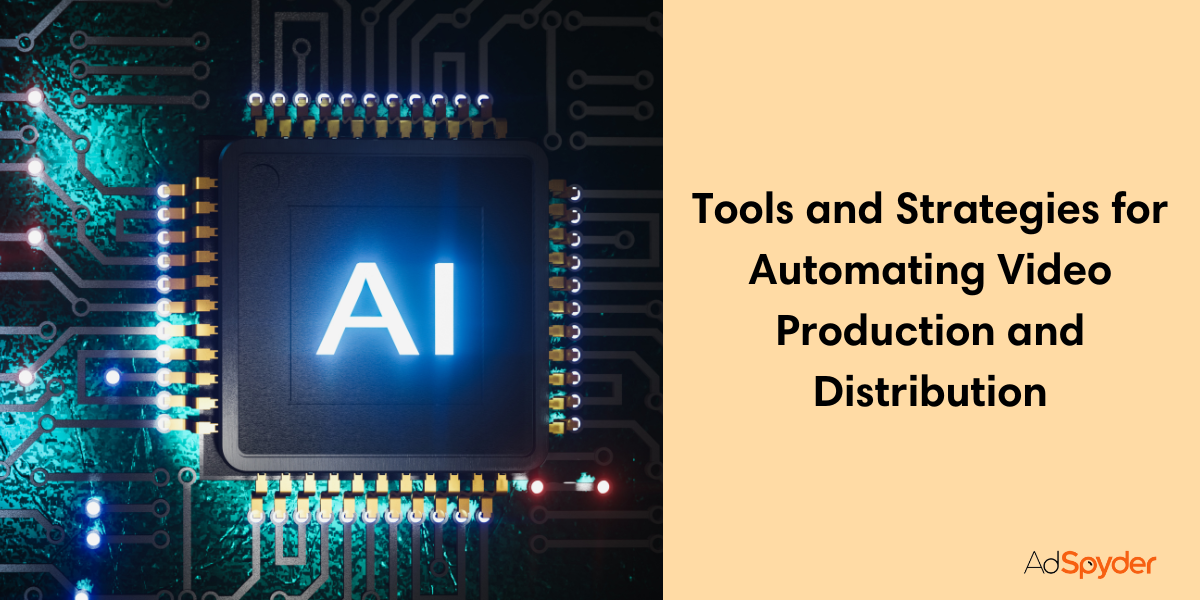
Automated Video Production Tools
Automation tools are gradually introduced in the video production process and help when it comes to various and sometimes repeated tasks that must be done in a similar manner. Some applications, such as InVideo, Wibbitz, and Adobe Premiere Pro with AI options, can feature different levels of automation for scripting, editing, and rendering.
InVideo is a flexible app that employs the power of Artificial Intelligence to enable people to produce great videos within a very short span of time. It provides users with numerous templates and automatic tools, some of which are text-to-video conversion, auto-Editing, and collaboration in real-time. Wibbitz provides users with an opportunity to generate videos from text input. This is through the assistance of the AI system. Wibbitz turns the text into the video with matching graphics, animations, and music. Adobe Premiere Pro is one of the most popular programs for video editing, which also has AI tools, including Adobe Sensei, that can analyze videos and perform activities like color correction, audio mixing, or scene detection on their own.
Automated Video Distribution Platforms
However, the crucial thing after producing a video is to ensure it reaches the right audience as planned. Some of the popular applications that can be used to auto post videos to various channels include Hootsuite, Buffer, and Sprout Social to enable marketers to schedule and post videos on various channels at appropriate intervals.
With Hootsuite, it is possible to schedule video posts on different social media accounts. You can analyze engagement statistics, and interact with followers. It has more emphasis on the scheduling of posts according to the active time of the audience. Sprout Social offers a number of social media management tools such as auto posting, performance report, and social media listening. Automating video distribution therefore enables the marketer to instantly distribute videos to a broader audience with lesser effort.
Optimizing Video Content for SEO
SEO plays a significant role in ensuring the specific target audience finds the video content. AI tools can also be used to enhance video titles, descriptions, tags, and any other related metadata to improve visibility.
Services such as TubeBuddy or VidIQ provide users with AI-generated information on how to improve their video SEO and content on platforms like YouTube. Using TubeBuddy, marketers can carry out keyword research, obtain SEO scorecards, and perform A/B tests for their videos. The capabilities are the same as in VidIQ, but with the added bonus of understanding the competition and trends. Using these tools, marketers can boost the rank of the video in the search engine. This also makes more people to watch it.
Leveraging AI for Social Media Video Marketing
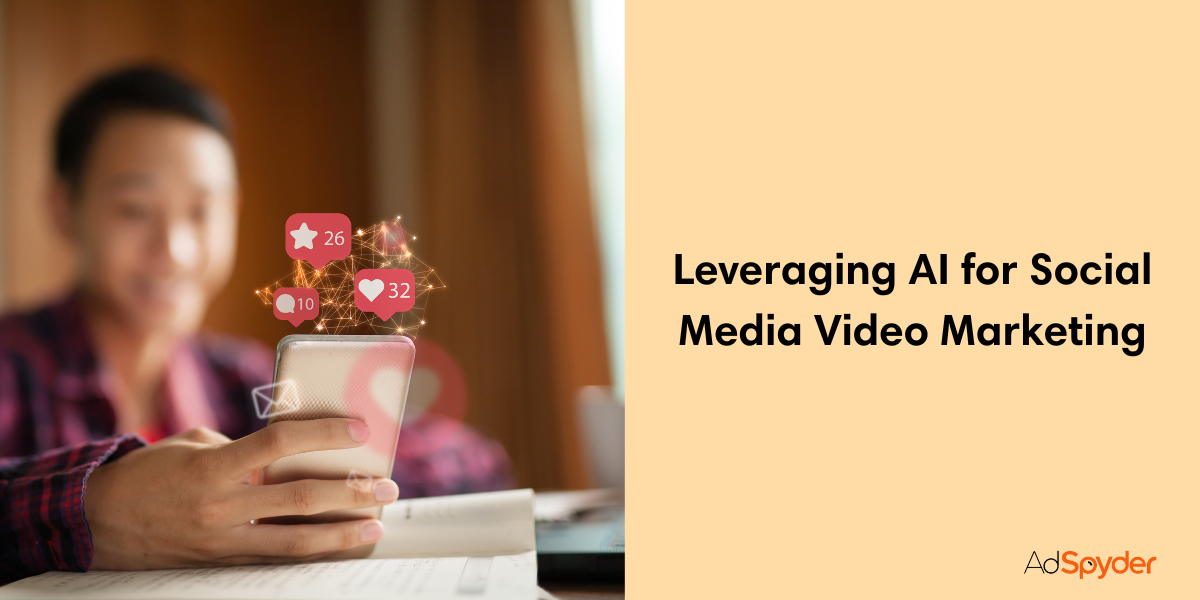
AI modernizes social media video marketing approaches by analyzing audience trends and behavior, content customization, and processes.
Social media analytics tools like Socialbakers and Sprinklr employed AI to generate insights regarding videos marketing on social media platforms. There is an AI built into Socialbakers for recommendation and analysis of videos. It can also be for monitoring their performance and engagement. Sprinklr offers social media management tools and functionality, such as content creation, monitoring, and engagement. AI in social media video campaigns allows marketers to achieve greater target audience coverage and impact.
Automating Video Personalization
Personalized video content can significantly enhance viewer engagement and conversion rates. Automated personalization tools enable marketers to create customized videos at scale. This is through delivery of tailored content to individual viewers based on their preferences and behavior.
Platforms like Idomoo and Personalize specialize in automated video personalization. Idomoo’s platform uses AI to generate personalized videos that adapt to real-time data, creating unique experiences for each viewer. Personalize offers similar capabilities, with features like dynamic video templates, real-time data integration, and automated video generation. By automating video personalization, marketers can deliver more relevant and engaging content to their audience, driving higher engagement and conversions.
FAQs
Benefits include streamlining video production, enabling hyper-personalization and providing deeper insights. This is through advanced analytics, creating interactive and immersive experiences.
AI can improve video production by automating tasks such as script generation, editing, and rendering. AI-driven tools can transform text into video content, select the best visuals and music, and ensure consistent quality.
Tools like InVideo, Wibbitz, and Adobe Premiere Pro with AI features offer various automation capabilities for video production. These tools can automate tasks such as text-to-video conversion, editing, and rendering.
AI can analyze viewer data to understand preferences, behaviors, and demographics,. This allows marketers to create personalized video content that speaks directly to individual viewers.
Tools like Google Analytics, Tubular Insights, and Vidooly offer AI-powered video analytics. These tools provide insights into viewer behavior, engagement rates, and content performance.
Automation platforms like Hootsuite, Buffer, and Sprout Social help marketers schedule and publish videos across multiple channels. These platforms ensure consistent and timely content delivery and save time.
AI tools like TubeBuddy and VidIQ offer insights and recommendations for optimizing video titles, descriptions, tags, and other metadata. These tools help improve search rankings and visibility.
Conclusion
Final Thoughts:
The impact of AI and automation on video marketing is evident. It can help improve the speed of production and level of customization. AI helps in use of data analytics to drive decisions. Such technologies create many advantages in video production . It can be increasing efficiency in video making and analyzing, in addition to introducing interactivity and immersiveness.
Call to Action:
Familiarize oneself with AI and automation solutions. Try to implement them in the framework of video marketing. Feel free to leave your thoughts and other ideas in the comments section below. Create a community of progressive marketing professionals using AI and automation in their work.
